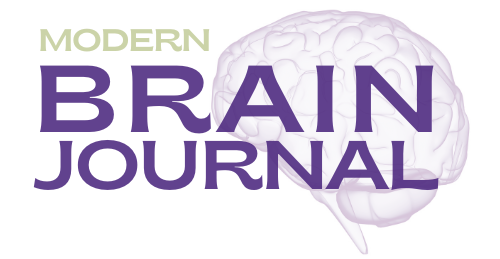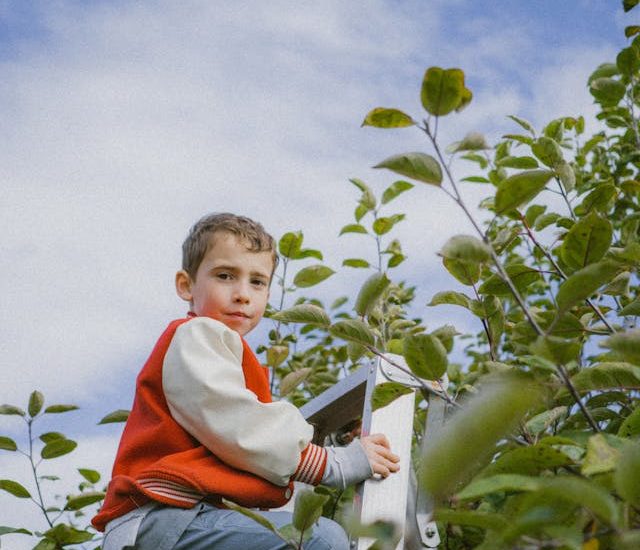Singing and Reading to Babies May Help Them Learn Language
Want to help your baby learn language? New research indicates that singing and reading nursery rhymes to babies may be the most beneficial activity.
Here are some highlights from the new study, which was published in the December 1 edition of the journal “Nature Communications.”
The Research on Learning Language
A team of researchers from the University of Cambridge and Trinity College Dublin set out to study how babies learn language.
For the study, the researchers looked at patterns of electrical brain activity in 50 babies while they watched a video of a teacher singing nursery rhymes to an infant. The team recorded these brain activities at 4 months, 7 months, and 11 months old in order to be able to compare progress and changes.
By feeding low-frequency bands of brainwaves into an algorithm to produce a “read out” of what phonological information was being encoded in each baby’s brain.
The Results
Although many linguists consider phonetic information (the smallest sound elements of speech) to be the foundation of language, the new study has found that it’s actually rhythmic information that helps them learn languages in their first months of life. That’s because babies don’t begin to process phonetic information until they’re around 7 months old.
Studying the read-outs, the scientists found that the babies started with labial sounds, (in which one or both lips are the active articulator), such as the D in “daddy” and nasal sounds, such as /n/, /m/, and /ng/ (e.g., M in “mommy”).
The researchers found that even by 11 months old, when babies often begin to say their first words, successfully encoded phonetic information was still sparse.
Instead, the foundation of language in the first seven months of life—including what can be heard inside the womb, is formed by hearing the changing emphasis of syllables of speech, including the boundaries of individual words, and the rise and fall of tone.
“Our research shows that the individual sounds of speech are not processed reliably until around seven months,” says Cambridge Professor of Cognitive Developmental Neuroscience Usha Goswami, “even though most infants can recognize familiar words like ‘bottle’ by this point. From then, individual speech sounds are still added in very slowly—too slowly to form the basis of language.”
The study is part of the BabyRhythm project, which seeks to understand how language is learned and how it’s related to dyslexia developmental language disorder.
The Sister Study on Learning Language
Another study that was part of the BabyRhythm project conducted a similar language experiment with adults and found that they displayed an identical “read out” of rhythm and syllables to those that the babies produced.
This sister study showed that 2-month-old babies also processed rhythmic speech information and that their individual differences predicted language outcomes later.
“Infants can use rhythmic information like a scaffold or skeleton to add phonetic information on to,” explains Goswami. “For example, they might learn that the rhythm pattern of English words is typically strong-weak, as in ‘daddy’ or ‘mummy,’ with the stress on the first syllable. They can use this rhythm pattern to guess where one words ends and another begins when listening to natural speech.”
The research for the language-related studies were funded by the European Research Council.
MBJ
Wendy Burt-Thomas writes about the brain, mental health and parenting.
Check out the original research:


